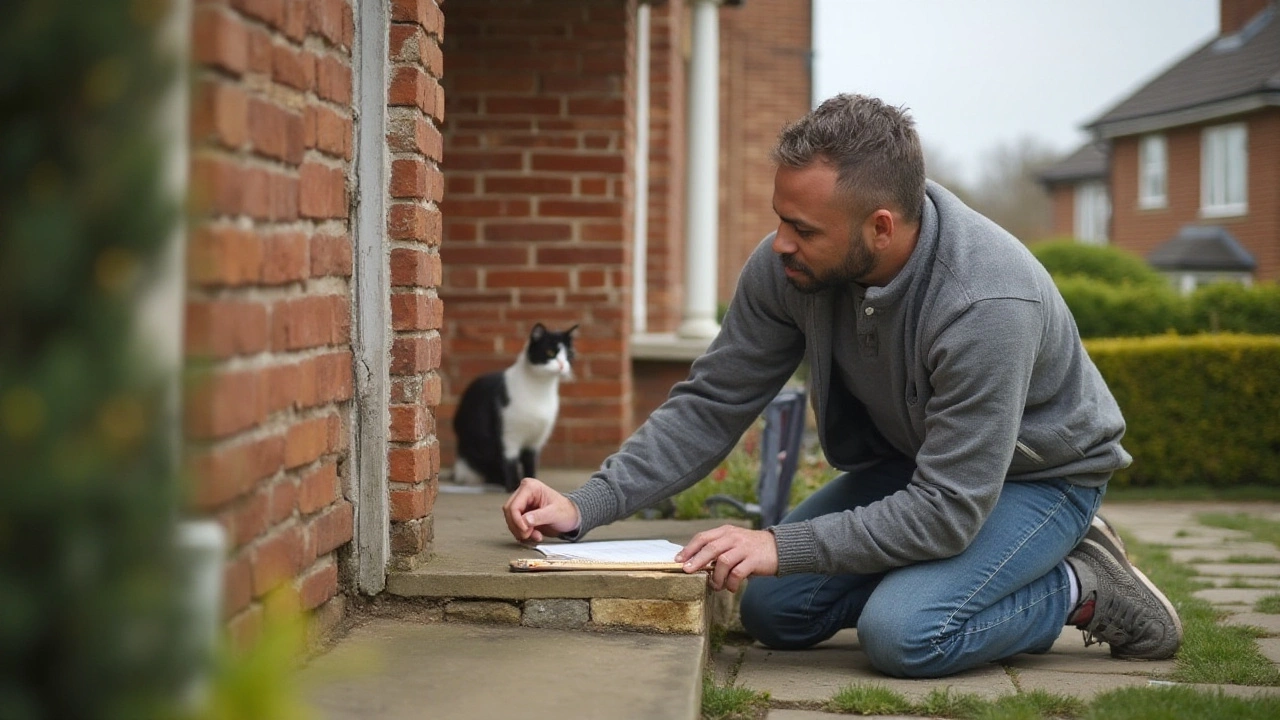Crack Sealing Guide: Fast, Simple Fixes for Foundation Cracks
If you spot a thin line in your basement wall or a hair‑line split in your driveway, you’re looking at a crack that needs sealing. Ignoring it can let water in, cause mold, and even move your whole house. The good news? Most cracks are easy to seal with the right product and a few minutes of work.
Why seal a crack right away?
Cracks act like tiny doors for moisture. When water finds its way in, it can freeze, expand, and push the crack wider. Over time you get leaks, damp smells, and expensive repairs. Sealing stops the water before it does any damage, saves you money, and keeps your home safe.
Choosing the right sealant
There are three common types of sealants you’ll see on the market:
Epoxy injection kits – Best for structural cracks that move a little. The epoxy fills the gap and hardens into a solid bond. You’ll need a pressure pump, but many DIY kits include everything.
Polyurethane sealant – Ideal for cracks that stay wet. It stays flexible, so it can handle small shifts in the foundation without cracking again.
Hydraulic cement – Great for larger gaps that need a quick plug. It expands as it sets, sealing the hole tight.
Pick the sealant based on the crack width and whether water is constantly present. For hair‑line cracks (less than 1/8"), a simple epoxy or polyurethane works fine.
Step‑by‑step DIY sealing
1. Clean the crack. Use a wire brush or a vacuum to remove dirt, loose debris, and any old sealant. A clean surface helps the new material stick.
2. Prep the sealant. Follow the kit instructions – usually you mix two components for epoxy or shake a cartridge for polyurethane.
3. Apply. Use a caulking gun or the pump that comes with the epoxy kit. Push the sealant deep into the crack, then smooth the surface with a putty knife.
4. Let it cure. Most epoxy needs 24 hours to reach full strength. Polyurethane stays flexible after a few hours, but give it a day before exposing it to water.
5. Check for leaks. After curing, run water nearby or wait for a rainstorm. If you still see moisture, re‑apply or consider a professional.
When to call a pro
If the crack is wider than 1/4", if you see big movement in the wall, or if you’re dealing with multiple cracks across the foundation, it’s time to bring in a structural engineer or a foundation specialist. They can assess load‑bearing issues and suggest underpinning or wall anchors – fixes that a simple seal won’t solve.
Maintenance tips to keep cracks sealed
Even after you seal, keep the area dry. Make sure gutters and downspouts direct water away from your house, and grade the soil so it slopes at least 5% away from the foundation. Inspect the sealant yearly – a fresh coat may be needed after harsh winters.
By sealing cracks early, you protect your home, avoid pricey repairs, and keep the indoor air healthy. Whether you use a DIY epoxy kit or call a professional, the process is straightforward and worth the effort.
DIY Foundation Crack Repair: Can You Do It Yourself?

Cracks in the foundation of your home can be alarming. This article explores whether homeowners can repair foundation cracks themselves, guidance on identifying cracks that are safe to fix, and step-by-step tips for undertaking such repairs. Before diving into DIY solutions, it also provides advice on when it's best to call in a professional. With a focus on practical instructions, this guide aims to help you make informed decisions about home maintenance.
read more



